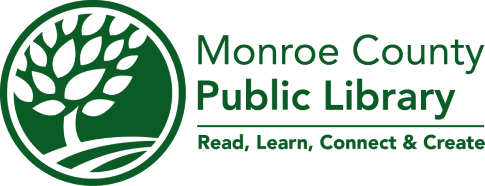I was afraid this would be another macho book about reckless men roaming the plains chasing tornadoes during storm season. Instead it turned out to be a wonderful compendium of tornado lore through the centuries. Also included are biographies of some of our most important weather scientists.
Storm Kings begins with a description of how during the 1600s New England settlers called any phenomenon that happened in the sky meteors including: meteors (of course), lightning, thunder, rainbows, comets, clouds in the shape of hands and faces, etc. Although the science behind tornadoes was not understood and barely documented then, many colonists recognized that the weather in America was much more violent than in their home countries.
When a tornado swooped down near Cambridge, MA in 1680, two farming families were shocked when one lost a servant and another a barn during the storm. They were so frightened by this event that one wrote to Increase Mather (the father of Cotton) asking about it. Increase, who was a self-educated weather expert, had no answers so he wrote to a scientific association in Europe. No one replied to his inquiry, but Benjamin Franklin found this letter seventy years later when he became interested in the study of weather and electricity.
James Pollard Espy, a poor man from the Kentucky frontier, went to Pennsylvania to become a schoolmaster, but he loved science and was soon drawn to the Franklin Institute in Philly. While there he began investigating steamboat explosions. This led him to studying clouds and he was invited to look at the damage from a New Brunswick tornado in 1835. This changed the course of his life. He started lecturing on the Lyceum circuit about the power of tornadoes; he believed that they were caused by swiftly rising columns of air.
He worked hard to get a government appointment—he wanted to be the U.S.’s chief meteorologist when there were no weather officials in the entire country, and to set up offices in every region to report storms and violent weather. After barraging many government officials, he was appointed a consulting mathematician to the Secretary of the Navy.
In this unlikely office, what eventually became the United States Weather Bureau was born. Espy set up his own weather station in Washington City (as it was called then) complete with a weathervane on its roof and five balloons. He also wrote to volunteer scientists all over the country (he had the perk of free postage) and asked them to send in weather reports. Within a year he drew his first national weather maps.
Another fascinating character discussed is John Park Finley, who was on track to become a Michigan farmer with a law degree (which many farmers had then). Finley decided that he much preferred the science of weather. In the 1870s this meant only one thing: joining the US Signal Core. This office was then making weather forecasts which they called Probabilities. Their chief was called “Old Probability.” Soon, Finley had talked his way into the Washington City office where he created his dream job to research tornadoes. He began by investigating damage after one happened. Because of Finley’s obsessive nature, hard work, and miles of travel, he became the first person to issue warnings of “violent local storms.” The government would not allow him to use the word tornado.
The last biography covered in the book is that of Fujita. Although you may not know of him personally, you may recognize the initial of his last name. He was the first to rate tornadoes on the scale of F1 to F5. They stood for the level of damage the tornado caused. Category 1 was moderate, followed by considerate, severe, devastating and incredible. It was our violent weather that brought this former mechanical engineer to America and to the University of Chicago. Amazingly, he did not see his first tornado until shortly before his retirement, but he saw the aftermath of countless ones. He is also the scientist who determined that tornadoes could never be more severe than 300 mph or a category 5.
If you enjoy history and writing about science this book is for you. It’s well written, surprising at times, and very involving. Of the many interesting points Sandlin made, I was most impressed by his statement that many of the scientists that advanced our study of violent weather were not diligent record keepers or field scientists, but very creative people who envisioned the whole picture through leaps of the imagination.
